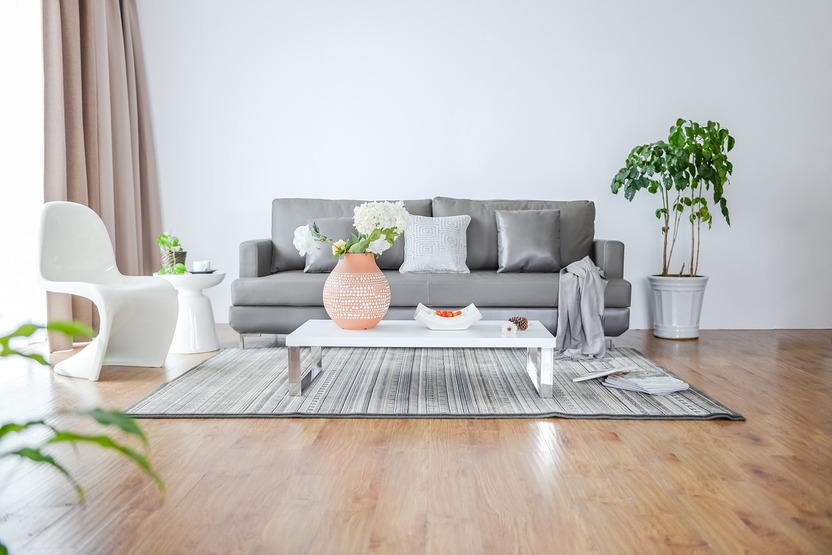
As an Amazon Associate we earn from qualifying purchases.
Professional real estate
Quick Navigation
Photographing real estate using an iPhone is quite similar to using a DSLR, except that the setup is much simpler. With an iPhone's built-in shooting modes and lenses, you can still take high-quality real estate images. You also have to use basic
While iPhone
Although a simple tap on the iPhone screen can already let you take amazing real estate photos, there are also different accessories that can improve the shooting experience.

The older iPhone models may not work well with real estate
The newer models, starting with iPhone XS, now come with wide-angle and telephoto lenses. Additionally, they have a dual optical image stabilization that minimizes blur.
A tripod ensures you can manually control the camera settings with the iPhone remaining in the right position. Likewise, a tripod helps prevent camera shake when using an external lens or shooting in low light.
In general, look for a sturdy, compact, and lightweight tripod. You may also want to opt for a tripod with bendable legs so that you can wrap them around railings or posts.
While some tripods come with an iPhone mount and wireless remote, make sure they are compatible with your iPhone model.
When shooting with a DSLR, it's better to use 10mm to 35mm wide-angle lenses. However, this is not possible in some iPhones unless you use a clip-on wide-angle lens.
By attaching the lens on the back of the phone, you can get broader perspectives without distorting lines. If possible, use a lens with a wide range of focal lengths, so you can change perspectives without the need to bring several lenses.
While the iPhone's built-in flash can help, it typically results in harsh light since you can't modify the flash's power output.
Invest in a LED light or wireless flash system that would enable you to modify the light source's angle, control the light strength, and evenly distribute the light.
While these accessories are not necessarily required, bringing them can make your shoots easier.
An iPhone's camera app won't let you control the exposure settings, unlike what you commonly do in DSLRs. The good thing is that the most recent iPhone versions come with HDR bracketing shooting mode.
The iPhone's HDR capability is quite good, especially on iPhone X and 11. With HDR on, you can take 2 or 3 shots with varying exposures. After that, you can stitch the pictures together to create an evenly-exposed final photo.
Aside from that, you can use the panoramic shooting setting to increase the field of view. However, be cautious as this may distort lines.
With 85% of digital photos taken using smartphones, it pays to learn the various shooting techniques to help you take real estate photos that can sell properties. Did you know that some companies like Inside Maps actually shoot virtual tours using an iPhone?

Light is a vital element in
There may be instances where ambient light can create blown-out highlights or underexposed shots. To fix this, you can adjust the iPhone camera's yellow exposure slider next to the focus square.
Properties have different layouts and dimensions, so the composition also varies. This is why it's important that you do a 'walkthrough', so you can check the vantage points where you can best photograph an area.
It's ideal to take real estate photos at around 4 or 5 feet, which mimics a person's eye level. Older iPhone units have a Compass app, which can help you calibrate the appropriate shooting level. Meanwhile, newer iPhones use the Measure app.
You can trigger the iPhone camera's focus by tapping the screen. When shooting, direct the focus on the farthest point of the room to ensure the whole space is in sharp focus.
Be mindful as adjusting the focus point can change your exposure, especially when there are windows on the scene.
The contrast between the interior and exterior view is usually too much in real estate images. Hence, even with built-in shooting modes, your iPhone might find it a bit challenging to take quality photos when the interior is too dark.
You can try using Photomatix Real Estate Camera or CameraPixels Pro App, which are highly-advanced iOS
High-quality images can help attract buyers and sell properties faster. You may not carry a professional DSLR daily, yet you might always bring an iPhone. As long as you apply the basics of real estate
